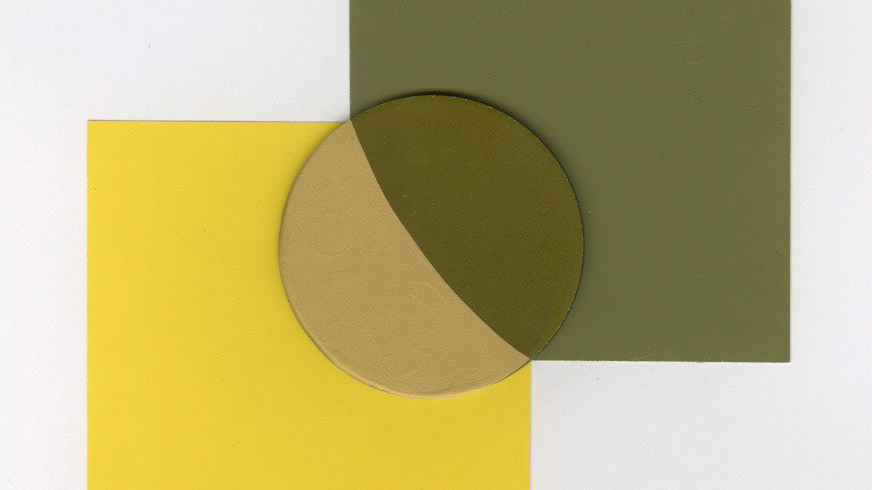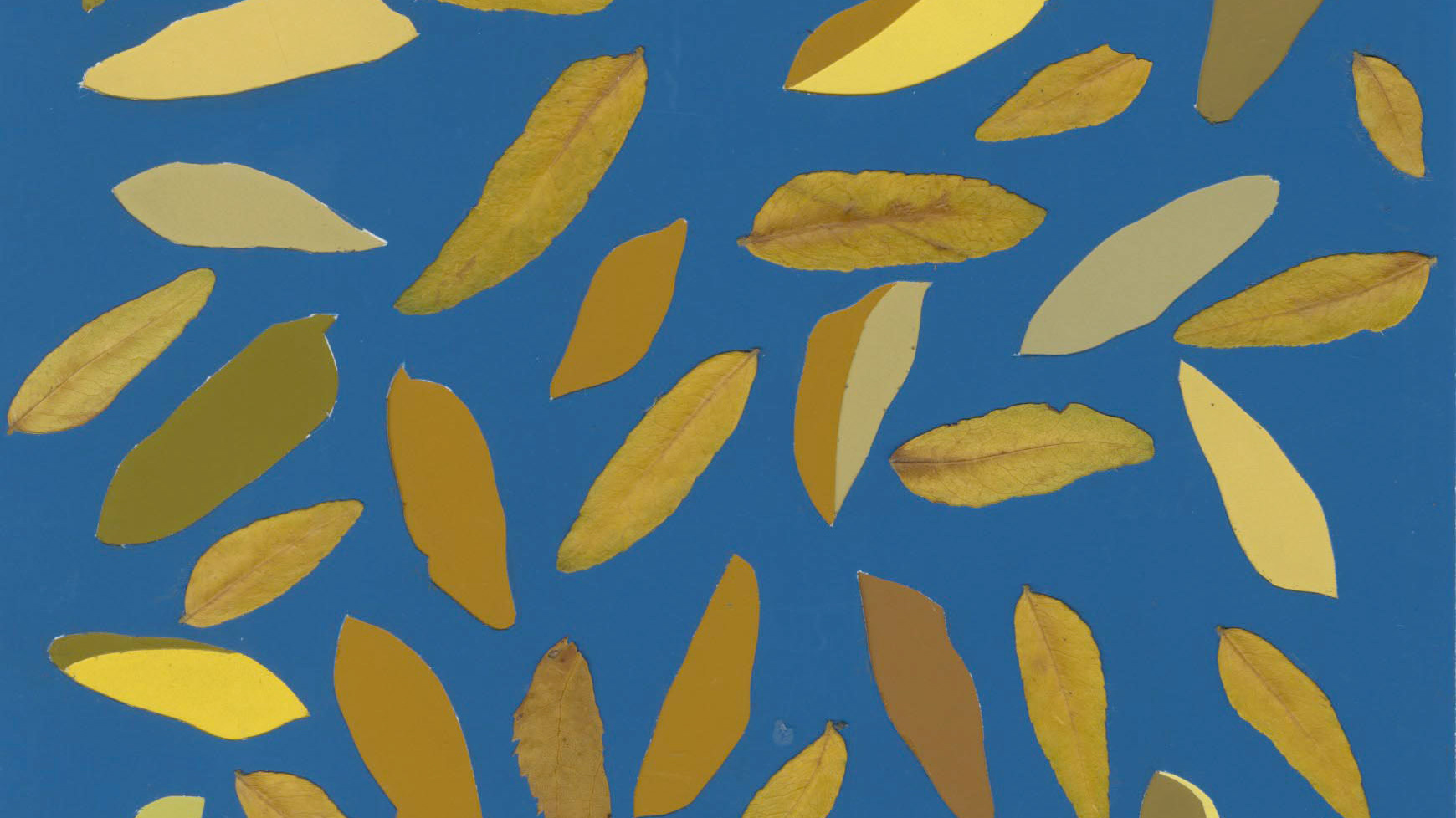Re-Form is a reformation of the thermoforming process using bio-based materials, looking at the potential of thermo-biopolymer sheet manufacturing with future applications in the consumer-packaged goods [CPG] and adjacent industry domains.
The average American produces 53kg of plastic waste from bottles, packaging and other plastic waste (1). Part of this waste stream comes from the low cost and easy disposability of vacuum formed materials. Thermoforming uses the process of vacuum forming, in which a sheet of plastic is heated to a formable temperature. While packaging might feel temporary, the materials used for the process, such as polystyrene/high-impact polystyrene (PS, HIPS), acrylonitrile butadiene styrene (ABS), polyvinyl chloride (PVC), polycarbonate (PC), and polypropylene (PP), have lasting effects.
We asked ourselves:
“If consumer-packaged-goods (CPG) require a limited existence, why use materials with such permanence? “
How can we create a bio-engineered alternative with the ability to biodegrade once it has served its purpose?
AGRICULTURAL BYPRODUCTS AS MATERIAL SOLUTIONS
To begin to solve this problem, and in alignment with the UN Sustainable Goal 12 of ensuring sustainable consumption and production patterns (2), we began seeking waste materials that do not require additional land use. This introduced us to a field of industrial food byproducts, of which we settled on two Michigan-based crops: sugar beet molasses and spent grains. The US alone is expected to produce 35.140 million tons of sugar beets this year, with Michigan the third-largest producer, and yet only 5.225 million tons of sugar yields from this harvest, leaving a tremendous amount of waste, including molasses as a byproduct (3). Beer, the United State’s fourth-most consumed beverage with 5.578 billion gallons of beer produced each year in the US, leaves approximately 223,150,990 pounds of spent grain leftover during the brewing process (4).
INDUSTRIAL PROCESS: VACUUM FORMING
Since 1964, vacuum forming has become one of the most common methods of processing plastic materials (5). The process involves heating a plastic sheet until soft and then draping it over a mold. A vacuum is applied, forming the sheet onto the mold, once cooled the thermoformed sheet can be removed.
Vacuum-formed products are all around us and play a major part in our daily lives from yogurt cups to hot tubs. Many consumer packaged goods, or CPG, utilize vacuum-formed materials for a very limited existence. Although they serve a temporary function, the materials used in the process have lasting effects on the environment. Because of this, 30 states in the US currently have some form of legislation regarding banning commonly thermoformed plastics (6). These legislations have led companies to seek new and alternative material development in accordance with our global shift away from plastics.
HYPOTHESIS
We hypothesized that we could create a strong, yet elastic material by combining the properties of molasses and spent grains which could be applied to thermoforming processes.
Although spent grains have been stripped of sugars after the brewing process, they still contain polysaccharides. Polysaccharides are organic polymers composed of many disaccharides. Disaccharides are molecules composed of 2 simple sugars. Simple sugars are also known as monosaccharide. Spent grains are also largely composed of fibre and protein that can introduce additional structure to our bio-material.
Sugar beet molasses contains the building blocks of polysaccharides: glucose and fructose as well as disaccharides: sucrose.
PROCESS
We sourced our molasses from a sugar beet farm, Michigan Sugar Company, and our spent grains from NetZERO, an upcycling platform that captures and converts industrial food and beverage byproducts. We included glycerol as a plasticizer and gelatin to provide extra flexibility.
Our material development started by finely grinding our spent grains then sifting it through a 190 micron filter to achieve a homogeneous texture and color by removing impurities. We formulated recipes with different ratios of ingredients to achieve the mechanical properties needed for the material.
We fabricated frame molds for our materials to set up in and be vacuum form ready. After pouring and leaving to cure for 72 hours, the samples were ready to take the ultimate test in the Proto-Vac100,.
The samples were heated and deemed ready when the taught material began to sag and bubble. We pressed them over the forms….
Some didn’t make it back. But with our failures, we found successes.
DIVERTING WASTE INTO A CIRCULAR OUTCOME
Re-form diverts undervalued by-products to create a biodegradable alternative. Through a series of physical prototypes, a range of proportions were tested until the bio-material revealed properties sufficient to be thermoformed: both thermo-elastic and residual tensile strength. The result is simple: a strong, thermo-formable, and biodegradable sheet for rapid prototyping with the potential for bio-based consumer-packaged-goods (B-CPG) applications.
Our material has a natural appearance and finish from the spent grains and molasses combined. It is uniquely elastic making it suitable for thermoforming processes and keeps its shape after the release of a mold.
Re-Form is meant for biodegrading rather than recycling. Compared to materials like polystyrene, Re-Form is biodegradable, compostable, and free of the negative impacts its petroleum-based counterparts have. Molasses and spent grains are both used in the agriculture industry for bioremediation of soil and water. And because they are byproducts, no new land use is needed. Our material can provide benefits to our environment rather than harm it.
References
(1) McCarthy, Niall (2021) How Much Single-Use Plastic Waste Do Countries Generate? https://www.statista.com/chart/24874/single-use-plastic-waste-generated-per-person-in-selected-countries/
(2) Goal 12: Ensure sustainable consumption and production patterns (n.d.) United Nations Sustainable Development. United Nations. https://www.un.org/sustainabledevelopment/sustainable-consumption-production/
(3) Number of Brewers By Production Size -CY 2020 (2021) Tax and Trade Bureau. Department of the Treasury. https://www.ttb.gov/images/pdfs/statistics/production_size/2020_brew_prod_size_ttb_gov.pdf
(4) Aliyu, S. and Bala, M. (2011) Brewer’s spent grain: A review of its potentials and applications, African Journal of Biotechnology. https://www.ajol.info/index.php/ajb/article/view/92219
(5) The history of vacuum forming (n.d.) Display Developments. https://www.displaydevelopments.co.uk/bespoke-manufacturing/the-history-of-vacuum-forming-ib-204.html
(6) State plastic bag legislation (2021) National Conference of State Legislatures. https://www.ncsl.org/research/environment-and-natural-resources/plastic-bag-legislation.aspx
Downing, Suzanne (2020) From brewery to farm: Using spent grain for livestock feed and lessons learned from Farmer John, March 25, 2020, https://www.agdaily.com/features/brewery-to-farm-using-spent-grain-livestock-feed-farmer-john/
Polysaccharide - definition, examples, function and structure (2017) Biology Dictionary. https://biologydictionary.net/polysaccharide/
Disaccharide: definition, examples, function (2017) Biology Dictionary. https://biologydictionary.net/disaccharide/
Monosaccharides (Simple sugars) definition, list, examples of foods (2014) Nutrients Review. http://www.nutrientsreview.com/carbs/monosaccharides-simple-sugars.html
Babcock, R. and Mani Lamichhane, K. (2021) Molasses enhanced phyto and bioremediation treatability study of explosives contaminated Hawaiian soils, ResearchGate. https://www.researchgate.net/publication/233723573_Molasses_enhanced_phyto_and_bioremediation_treatability_study_of_explosives_contaminated_Hawaiian_soils.
USDA ( 2021) WASDE - May 12, 2021, https://americansugarbeet.org/wp-content/uploads/2021/05/May-12-2021-WASDE.pdf
Mussato, S., Dragone, G. and Roberto, I. (2006) Brewers’ spent grain: generation, characteristics and potential applications, Journal of Cereal Science. https://www.sciencedirect.com/science/article/abs/pii/S0733521005000706
Molasses (n.d.) Chemical Book. https://www.chemicalbook.com/ChemicalProductProperty_EN_CB8854960.htm
Margaret Dunne (2018) Bioplastic cook book, Issuu. https://issuu.com/nat_arc/docs/bioplastic_cook_book_3
Low, K., Lee, C. and Liew, S. (2000) Sorption of cadmium and lead from aqueous solutions by spent grain, Process Biochemistry. https://www.sciencedirect.com/science/article/pii/S0032959200001771









